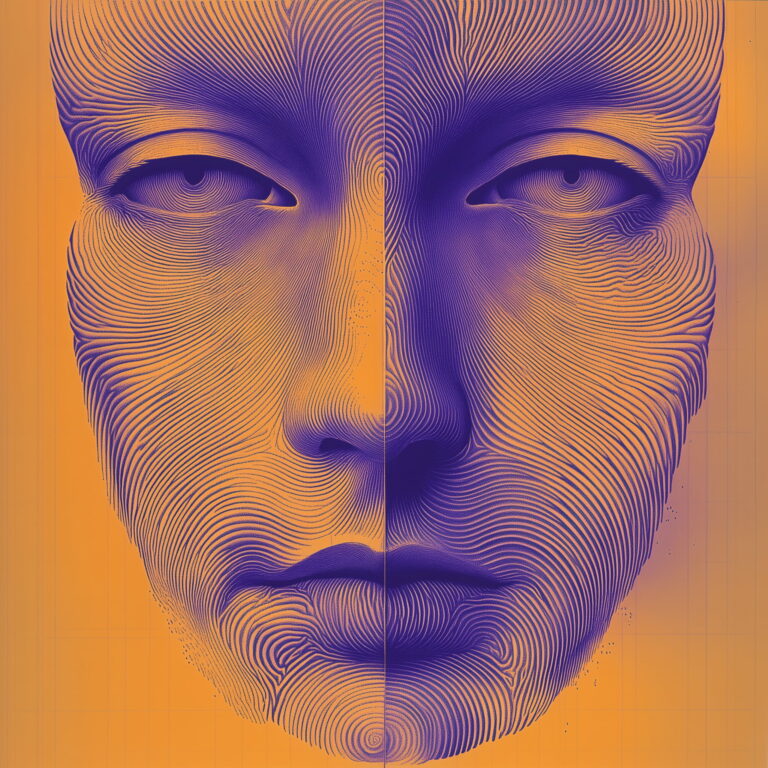Not their own, obviously (yet), but ours. And they’re getting scary good at figuring us out.

Social media chatter is straight up influencing how robots are built and coded. We’re talking about a 2025 where robots mirror our moods in real-time, based on all the digital breadcrumbs we leave behind.
Lemmy CompanionBot and its crew use some wild AI and sensors to read our vibes with insane accuracy. They tweak their behavior to make hanging out with them more fun and supportive.
Picture hitting up an EmoBotics Clinic in Japan for a therapy sesh with a robot that’s studied thousands of hours of human convos. Wild, right?
But it goes beyond just personal bots. Warehouse drones are organizing themselves based on worker stress levels these days. Systems like AgiBot World™ tap into EEG headsets and Slack emojis to keep workflows smooth and mistakes low.
Of course, letting algorithms predict and react to our burnout opens up a whole can of ethical worms. Efficiency and well-being gains aside, we gotta think hard about what lines we’re cool with crossing.
And don’t even get me started on the digital afterlife debate. Startups are whipping up AI avatars of dead loved ones based on their online footprint. Nevada’s already put the kibosh on digital afterlife subscriptions, highlighting the growing unease around this space.
At the end of the day, the mashup of robotics and sentiment analysis is way more than just a tech trend. It’s a societal shakeup. As robots become a bigger part of our lives, their ability to vibe with our emotions is gonna be clutch.
We’re in the early days, but the potential impact is massive. From personalized therapy to optimized workplaces to digital afterlives, sentiment-savvy robots are about to flip the script on how we live, work, and grieve.
The future is here, and it’s all about the feels. How you feel about that is up to you.


